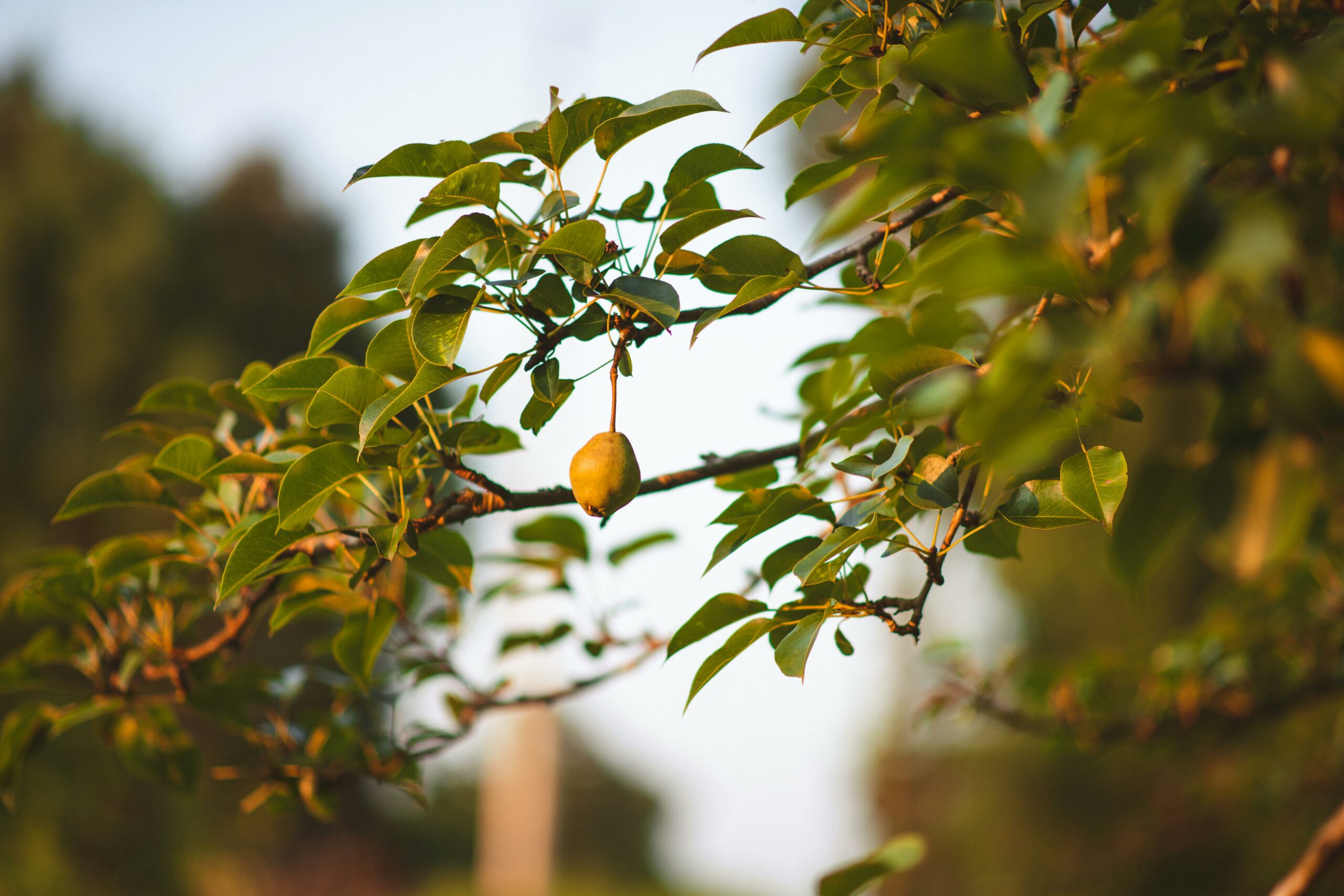As the vibrant colors of fall emerge in Denver, it’s time to prepare your trees and perennials for the upcoming winter. Organic fall care ensures that your garden remains healthy and vibrant without the use of harmful chemicals. Here are some tips to help you provide the best care for your plants this fall.
Understanding Denver’s Climate
Denver’s Fall climate is characterized by moderate temperatures, significant daily temperature fluctuations, and limited rainfall. Metro Denver falls between USDA Agricultural Zone 5b and 6a.
Average First Frost Date: The average first frost date for Denver is October 7, but historically has occurred any time between September 8 and November 15. Be aware of the cold tolerance of your trees and perennials and plan accordingly. New plantings will require more protection than established plants if we get early season frosts, depending on when you planted them. Plants native to our ecoregion may have the most success at surviving challenging fall temperature swings.
Precipitation: There is about a 50% probability that it will snow in Denver before Halloween. If you are planning to do any planting or transplanting during this time, pay close attention to weather forecasts. Alternatively, we may also get very little precipitation, even though it may freeze. If you are using an irrigation system that needs to be blown out before it freezes, be aware that you may need to do supplemental hand watering if it turns out to be a dry fall.
Mulching
Mulching is one of the most effective organic practices for protecting trees and perennials during the fall. It helps insulate the soil, retain moisture, and prevent weeds.
Leaf Management: Fallen leaves are an invaluable resource to use in your landscape if you have deciduous trees. Leaves can simply be left where they fall to decompose naturally, or they can be raked and shredded using a shredder or lawn mower. Leaves can also be used in compost piles or brush piles as a source of carbon. If you have too many leaves, bag them up and give them to another gardener!
What to Use: Use organic materials such as shredded fallen leaves, straw,grass clippings, or local arborist wood chips.
How to Apply: Spread a 2-4 inch layer of mulch around the base of trees and perennials, ensuring not to pile it against the trunks or stems. This helps prevent rot and allows for proper air circulation.
Watering
Proper watering is crucial in fall, especially in Denver’s semi-arid climate. Trees and perennials need sufficient moisture to endure the dry winter months.
How to Water: Deep water trees and perennials once a week until the ground freezes. Focus on the root zone, the area of soil surrounding the roots, to ensure the water reaches deep roots.
Timing: Water in the morning to allow the soil to absorb moisture before temperatures drop at night.
Pruning
Pruning in fall helps to remove dead or diseased branches and promotes healthy growth for the next season. Use sharp, clean pruning shears for small branches, loppers for medium-sized branches, and a pruning saw for larger branches. Clean tools with rubbing alcohol before and after use to prevent disease spread.
Timing: Late fall–after leaves have dropped and the tree or plant is dormant–is a great time for pruning. Dormant-season pruning can be carried out in the fall or the early spring, and encourages robust growth during the following growing season.
Method: Remove Dead or Diseased Wood: Start by cutting away any dead, diseased, or damaged branches. Cut back to healthy wood, making the cut just above a healthy bud or lateral branch.
Remove branches that are crossing, rubbing, or growing inward to improve air circulation and light penetration. Make clean cuts at a slight angle, just above a bud or side branch. Avoid removing more than 1/4 to 1/3 of the aboveground biomass as this can stress the plant.
Soil Improvement
Improving soil health in the fall sets the stage for robust growth in the spring.
Composting: Spread a layer of well-decomposed compost around trees and perennials. Compost enriches the soil with essential nutrients and enhances its structure.
Cover Crops: Planting cover crops like clover or rye can help improve soil fertility and structure. These plants fix nitrogen and prevent soil erosion during the winter.
Protecting Young Trees and Perennials
Young trees and newly planted perennials need extra protection from harsh winter conditions.
Tree Wraps: Use tree wraps or guards to protect the trunks of young trees from sunscald and animal damage. Remove the wraps in spring to prevent moisture buildup. DUG recommends white plastic tree wraps that are shaped in a spiral to allow for easy application and removal; they will last for many seasons and protect from animal damage more than paper or fabric-based wraps.
Burlap Covers: For tender perennials, use burlap covers to protect them from extreme temperatures and drying winds. Ensure the covers are breathable to prevent mold and mildew.
Wind Barriers: Erect wind barriers using burlap or other breathable materials to protect young trees and delicate perennials from harsh winter winds.
Planning for Spring
Fall is a great time to plan for next year’s garden.
Planting bulbs and garlic: Plant spring-blooming bulbs like tulips and daffodils, as well as garlic, in the fall. They need the cold winter period to bloom beautifully in the spring.
Dividing Perennials: Divide and replant crowded perennials to rejuvenate them and promote healthier growth.



